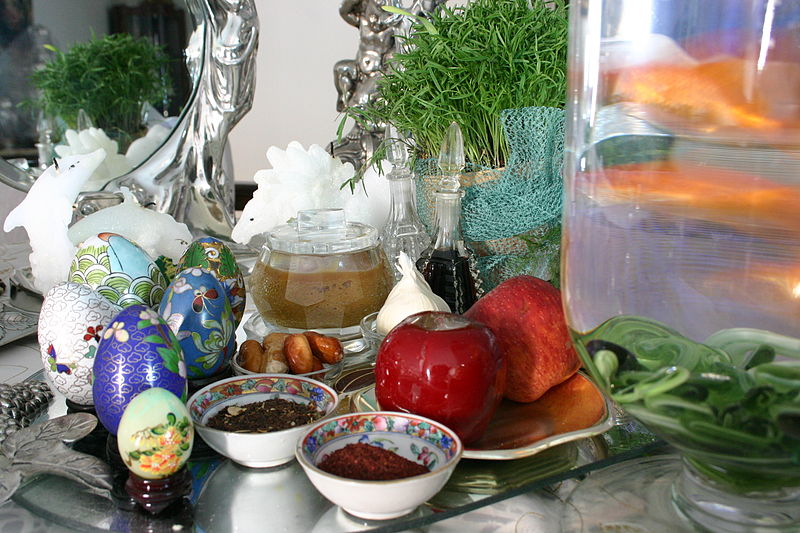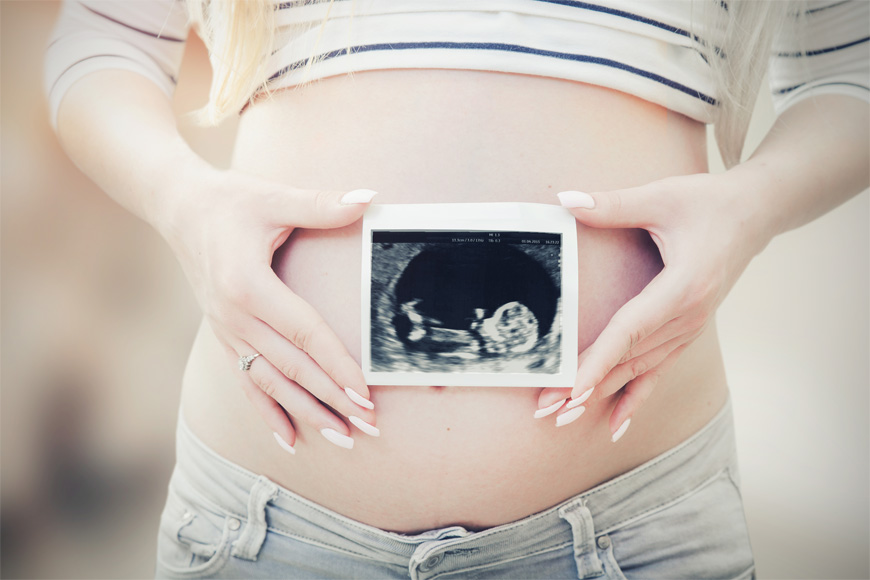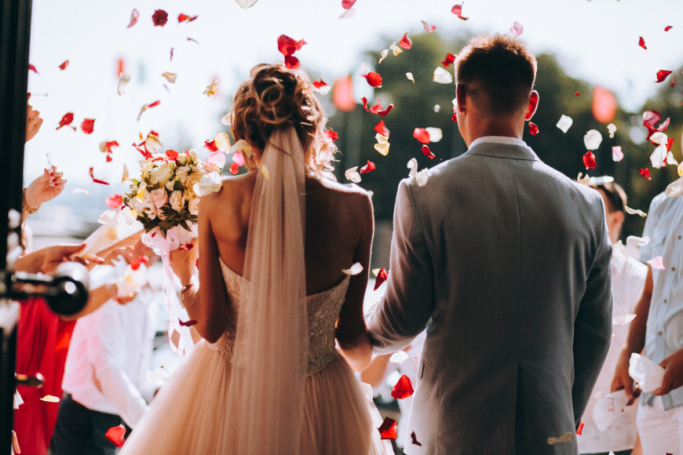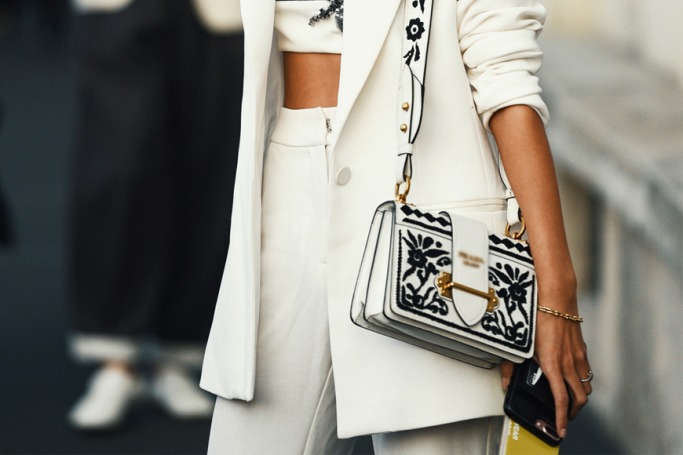Norooz is the day that marks teh beginning of the Iranian New Year, generally around the time of Spring.
4 March 2012
| Last updated on 11 December 2017
The word Norooz (also spelt nowruz, nowrooz and noruz) means "new day" and is the day that starts the Iranian New Year- it is traditionally the exact astronomical beginning of Spring. Norooz with its uniquely Iranian characteristics has been celebrated for at least 3,000 years and is deeply rooted in the rituals and traditions of the Zoroastrian religion, which was the religion of ancient Persia before the advent of Islam in 7th century A.D.
Norooz is Iranians’ biggest celebration of the year and you will notice celebrations happening as well as many more visitors in town. Before the New Year, Iranians will start cleaning their houses, like a big spring clean as well as buying lots of new clothes.
The Haft Seen- a Norooz Table Display

A major part of New Year rituals is setting up the "Haft Seen" a major traditional table with seven specific items- it is important for them to make the table setting look as beautiful as possible as guests will come to look at it. In ancient times each of the items corresponded to one of the seven creations and the seven holy immortals protecting them. Today they are changed and modified but some have kept their symbolism. All the seven items start with the letter "S” and these seven things usually are:
Seeb- apple
Sabze- green grass
Serke- vinegar
Samanoo- a meal made out of wheat
Senjed- a special kind of berry
Sekke- coin
Seer- garlic
Other items on the “Haft Seen” table may include:
Sonbol - Hyacinth (plant)
Traditional Iranian pastries such as baghlava, toot, naan-nokhodchi
Aajeel - dried nuts, berries and raisins
Lit candles- symbolising enlightenment and happiness
A mirror- symbolising cleanliness and honesty
Decorated eggs- sometimes one for each member of the family- symbolising fertility
A bowl of water with goldfish- goldfish are very ancient and meaningful and have a strong Zoroastrian connection. In the old days they would be returned to the riverbanks, but today most people will keep them.
Rosewater- believed to have cleansing powers
The national colours- for a patriotic touch
A holy book /or a poetry book
Wheat or lentil representing new growth is grown in a flat dish a few days before the New Year and is called Sabzeh. They are decorated with colorful ribbons and are kept until Sizdah beh dar, the 13th day of the New Year, and then disposed outdoors.
Chahar-Shanbeh Soori
Another tradition of the New Year celebrations is "Chahar-Shanbeh Soori". It takes place before Saal Tahvil, on the last Tuesday night before new year. People fire up a bonfire and leap over the fire with songs and gestures of merriment.
Traditionally on the night before the New Year, most Iranians will have Sabzi Polo Mahi, a special dish of rice cooked with fresh herbs and served with smoked and freshly fried fish. Koukou Sabzi, a mixture of fresh herbs with eggs fried or baked, is also served. The next day rice and noodles (Reshteh Polo) is served. Regional variations exist and very colorful feasts are prepared.
Saal Tahvil- The Vernal Equinox
After the Saal Tahvil, people hug and kiss each other and wish each other a happy new year. They give presents to each other, traditionally cash, coins or gold coins, usually older ones to the younger ones. The first few days after this are spent visiting older members of the family, relatives and friends. Children receive presents and sweets, special meals and "Aajil" (a combination of different nuts with raisins and other sweet stuff) or fruits are consumed.
Sizdah-Bedar

The 13th day of the New Year celebrations is called "Sizdah Bedar" and spent mostly outdoors. People will leave their homes to go to the parks or open areas for a festive picnic. It is a must to spend Sizdah Bedar in nature and this is the most popular day of the holidays among children because they get to play out a lot! Also on this day, people throw the Sabze away as they believe Sabze should not stay in the house after Sizdah Bedar.
Iranians regard the 13th day as a bad omen and believe that by going into the fields and parks they avoid misfortunes. It is also believed that unwed girls can wish for a husband by going into the fields and tying a knot between green shoots, symbolizing a marital bond.
Norooz Greetings for you to try out...
No-Rooz Mubarak- Happy Norooz, Happy New Year
Eid-eh Shoma Mubarak- Happy New Year to you
No-Rooz Pirooz- Wishing you a Prosperous New Year
Sad Saal be in Saal-ha- Wishing you a 100 more Happy New Years


























.png?itok=HBSyMDok)





















































































.png?itok=0fOAXkOm)















.png?itok=EH_x0Pha)













